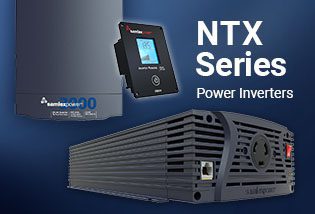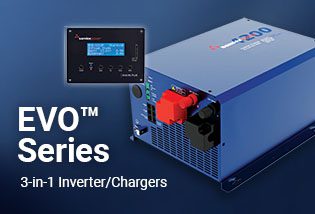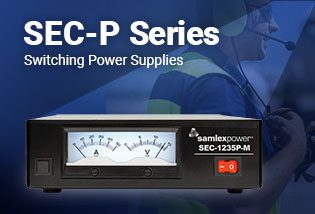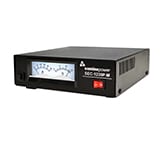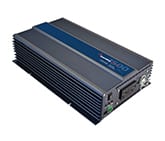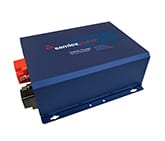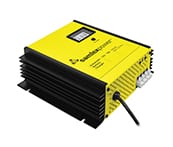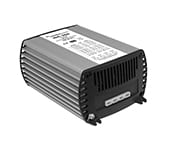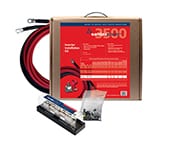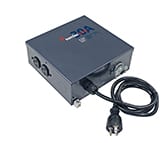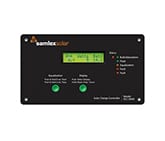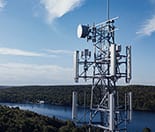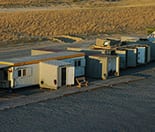Pure Sine Wave versus Modified Sine Wave Inverters
What is a Pure Sine Wave Inverter?
The output voltage of a sine wave inverter has a sine wave form like the sine wave form of the mains / utility voltage. In a sine wave, the voltage rises and falls smoothly with a smoothly changing phase angle and also changes its polarity instantly when it crosses 0 Volts.
What is a Modified Sine Wave Inverter?
In a modified sine wave, the voltage rises and falls abruptly, the phase angle also changes abruptly and it sits at 0 Volts for some time before changing its polarity.
What are the advantages of Pure Sine Wave inverters?
- The output wave-form is a sine-wave with very low harmonic distortion and clean power like utility supplied electricity
- Inductive loads like microwaves and motors run faster, quieter and cooler
- Reduces audible and electrical noise in fans, fluorescent lights, audio amplifiers, TV, fax and answering machines
- Prevents crashes in computers, weird print outs and glitches in monitors
Which devices will not function properly from a Modified Sine Wave Inverter?
Any device that uses a control circuitry that senses the phase (for voltage / speed control) or instantaneous zero voltage crossing (for timing control) will not work properly from a voltage that has a modified sine wave-form. Also, as the modified sine wave is a form of square wave, it is comprised of multiple sine waves of odd harmonics (multiples) of the fundamental frequency of the modified sine wave. For example, a 60 Hz. modified sine wave will consist of sine waves with odd harmonic frequencies of 3rd (180 Hz), 5th (300 Hz.), 7th (420 Hz.) and so on. The high frequency harmonic content in a modified sine wave produces enhanced radio interference, higher heating effect in motors / microwaves and produces overloading due to lowering of the impedance of low frequency filter capacitors / power factor improvement capacitors.
Some examples of devices that may not work properly with modified sine wave and may also get damaged are given below
- Laser printers, photocopiers, magneto-optical hard drives
- The built-in clocks in devices such as clock radios, alarm clocks, coffee makers, bread-makers, VCR, microwave ovens etc may not keep time correctly
- Output voltage control devices like dimmers, ceiling fan / motor speed control may not work properly (dimming / speed control may not function)
- Sewing machines with speed / microprocessor control
- Transformer-less capacitive input powered devices like (i) Razors, flashlights, night-lights, smoke detectors etc (ii) Re-chargers for battery packs used in hand power tools. These may get damaged. Please check with the manufacturer of these types of devices for suitability
- Devices that use radio frequency signals carried by the AC distribution wiring
- Some new furnaces with microprocessor control / Oil burner primary controls
- High intensity discharge (HID) lamps like Metal Halide lamps. These may get damaged. Please check with the manufacturer of these types of devices for suitability
- Some fluorescent lamps / light fixtures that have power factor correction capacitors. The inverter may shut down indicating overload


